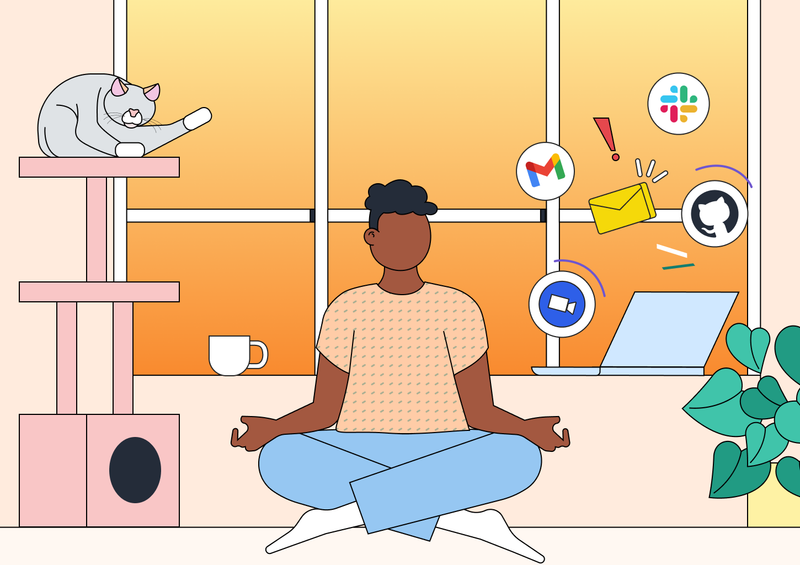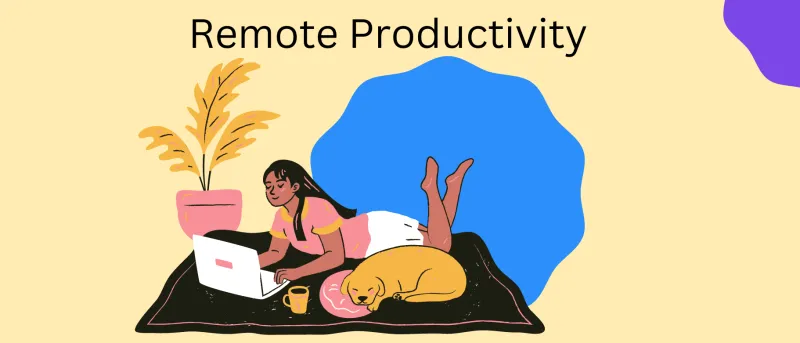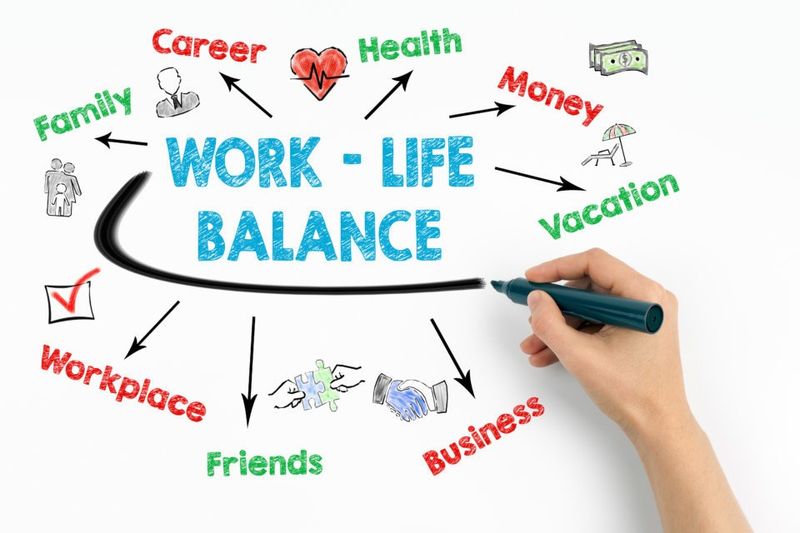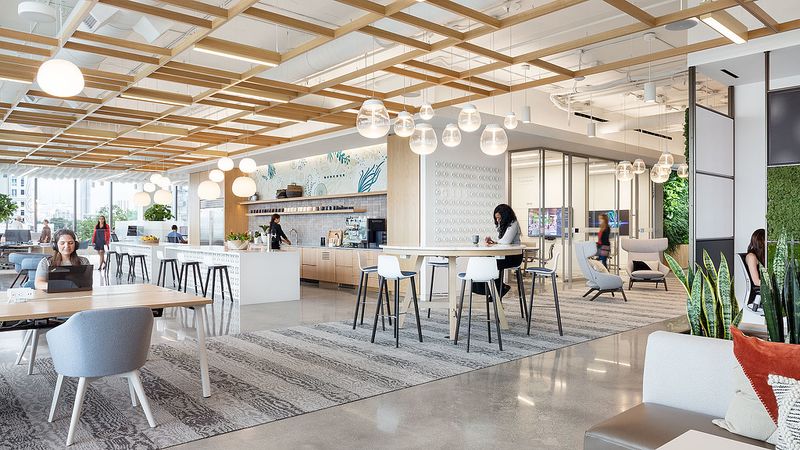In today’s rapidly evolving work environment, several traditional workplace norms are being reevaluated and, in many cases, set aside. The shift toward remote work, flexible schedules, and a focus on employee well-being has led to the questioning of established practices. Here are some workplace norms that are increasingly being challenged.
1. Strict Office Hours

The rigid 9-to-5 schedule, once seen as a cornerstone of professionalism, is losing its relevance. Many employees find that flexible hours boost their productivity and job satisfaction, allowing them to tailor their work around personal commitments. The morning rush hour fades, replaced by serene moments spent sipping coffee at home.
Gone are the days when staying late was a badge of honor. Now, quality trumps quantity, with results taking precedence over hours logged. Companies recognize this shift, adopting flexible schedules to align with modern lifestyles.
Is this the end of the traditional workday? Only time will tell.
2. Formal Dress Codes

Gone are the stifling suits and ties; the modern workplace embraces comfort. Employees find themselves in sneakers and jeans, expressing individuality through attire. The shift to casual dress codes reflects evolving workplace values, emphasizing comfort over conformity.
Those heels that pinched and ties that choked are becoming relics of the past. With a focus on productivity, attire is less about appearance and more about personal expression. Companies are shedding formal dress expectations, reflecting an era that values inclusivity.
Still, the occasional formal dress day may spark nostalgia, bridging past and present fashion norms.
3. In-Person Meetings

In-person meetings, once the heart of business interactions, face new competition. Virtual meetings offer convenience, eliminating the monotony of travel and lengthy scheduling. The hum of video calls replaces the shuffle of conference rooms, saving time and resources.
Asynchronous communication tools further challenge the necessity of face-to-face encounters. With options like Slack or Microsoft Teams, the need for physical presence dwindles. Teams collaborate across time zones without leaving their desks.
While the lure of human connection persists, the practicality of digital meetings cannot be ignored. A balance is emerging, blending old traditions with new innovations.
4. Rigid Hierarchies

The traditional corporate ladder is giving way to a more inclusive approach. Rigid hierarchies, reminiscent of outdated management styles, stifle creativity and communication. Modern companies are adopting flatter structures to encourage open dialogue and shared innovation.
Empowered employees contribute fresh ideas, feeling valued and heard. This collaborative environment fosters creativity, making way for groundbreaking solutions. The echoes of rigid authority fade, replaced by a chorus of collective contributions.
As lines between management and staff blur, the workplace becomes a hub of collaboration, where all voices matter, and creativity thrives.
5. Constant Availability

The expectation of constant availability has taken its toll. Employees, once tethered to their devices, are setting boundaries for well-being. The relentless ping of notifications yields to designated quiet hours, preserving personal time and mental health.
With work-life balance in focus, companies understand the importance of respecting downtime. Unplugging is no longer frowned upon but encouraged, nurturing a healthier work environment. Disconnecting becomes an art, balancing professional responsibilities with personal rejuvenation.
This shift reflects a deeper understanding that true productivity stems from well-rested and motivated employees, not those who are perpetually on call.
6. The Need to Be Physically Present

The notion that employees must be physically present in the office is fading. Advances in technology prove that productivity doesn’t require an office cubicle. Remote work offers flexibility, allowing employees to choose their ideal workspace.
The buzz of a traditional office is replaced by the comfort of home, a local café, or a co-working space. This freedom fosters creativity and work satisfaction, as employees tailor their environments to suit their tasks.
With the rise of remote work, location-based limitations dissolve, empowering individuals to contribute from anywhere in the world. It’s a new era of workplace flexibility.
7. Lack of Feedback Culture

In today’s workplace, silence is no longer golden. The absence of feedback stifles growth and innovation. Employees now expect continuous dialogue, where feedback fuels improvement and recognition inspires motivation.
Regular check-ins create a culture of open communication, fostering collaboration and mutual respect. Constructive feedback becomes a catalyst for personal and professional development, enhancing team dynamics.
The days of annual reviews are waning, replaced by ongoing conversations that keep the pulse of the organization alive. This cultural shift nurtures a more engaged and proactive workforce, ready to adapt and excel.
8. Formal Communication Channels

Gone are the days when communication meant formal emails and memos. Informal channels like instant messaging have taken the lead, offering quick and efficient exchanges. The click-clack of keyboards is replaced by the tap of mobile screens.
Platforms like Slack and WhatsApp facilitate direct and casual communication, breaking down barriers and building camaraderie. This shift reflects a desire for immediacy and transparency, where dialogue flows freely.
Still, the balance between professionalism and informality must be maintained. As communication evolves, the workplace becomes more dynamic, fostering an environment where ideas can flourish with ease.
9. Limited Work-Life Balance

The once elusive work-life balance is now a priority. Companies are crafting policies that support both professional ambitions and personal fulfillment, recognizing that a harmonious life fuels productivity.
Flexible schedules and remote options empower employees to manage their time, weaving work seamlessly into the tapestry of their lives. The workday adapts, honoring both deadlines and family dinners.
As the boundaries between work and life blur, a new balance emerges, celebrating the integration of personal and professional identities. Organizations that embrace this model find themselves thriving, propelled by a workforce that is both content and committed.
10. Emphasis on Years of Experience Over Skills

The focus on years of experience is giving way to a skills-based approach. Young professionals bring fresh perspectives, armed with digital fluency and innovative ideas that challenge traditional norms.
Technical prowess, creativity, and adaptability are the new currency in the workplace. Companies recognize the value in diverse skill sets, fostering environments where talent, not tenure, drives success.
This shift acknowledges that knowledge is not bound by age but by continuous learning and application. A dynamic workforce emerges, ready to tackle modern challenges with enthusiasm and expertise.
11. Formal Office Spaces

Traditional office layouts are being reimagined. The rigid rows of cubicles give way to flexible spaces that inspire collaboration and creativity. Open floor plans and breakout areas reflect a new era of workplace design.
Hybrid models blur the lines between home and office, allowing employees to choose their preferred environments. Whether in a bustling office or a quiet home nook, productivity flourishes when comfort and flexibility reign.
This transformation highlights the evolving nature of work, where spaces adapt to the needs of the workforce, fostering innovation and engagement in a variety of settings.
12. Avoiding Personal Topics at Work

Conversations once deemed taboo are finding their place in the modern workplace. Topics like politics and personal values are discussed with newfound openness, fostering understanding and inclusivity.
Navigating these dialogues requires empathy and respect, creating an environment where diverse perspectives are valued. The ability to engage in meaningful conversations enriches workplace culture, promoting a sense of belonging.
As personal and professional worlds blend, employees find a voice, contributing to a dynamic and inclusive community. This openness reflects the broader societal shift towards transparency and understanding in both personal and professional realms.

Well, hello there!
My name is Jennifer. Besides being an orthodontist, I am a mother to 3 playful boys. In this motherhood journey, I can say I will never know everything. That’s why I always strive to read a lot, and that’s why I started writing about all the smithereens I came across so that you can have everything in one place! Enjoy and stay positive; you’ve got this!

